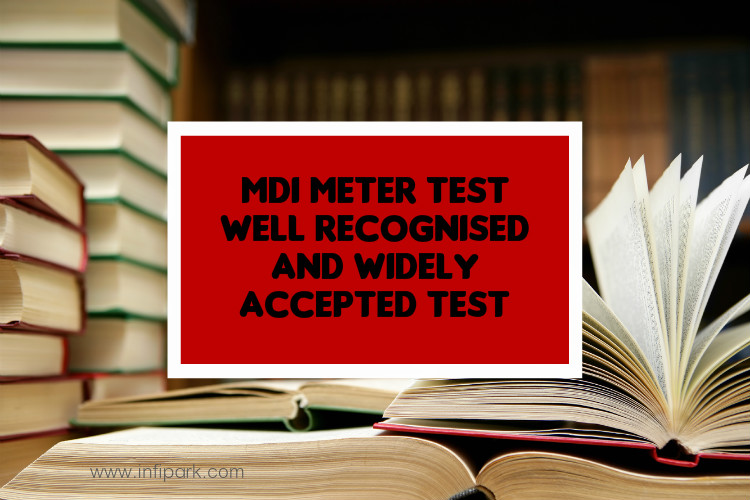M/S. BHOLA RAM STEEL PVT. LTD. (THE RESPONDENT) FILED a writ petition that it was an industrial unit to manufacture iron and steel structure and section like bar roll, place angle, channel, square, to and round, general fabrication and annulling of sheets it applied as HTIS consumer for a connected load of 500 KV A. The competent authority sanctioned a load of 500 KVA vide letter dated 24.2.1998. The respondent-industry commenced production w.e.f. 28.3.1998. The appellant averred that on 23.1.1999 the premises of the respondent were inspected. Connected load was found to be 495 HP. Appellant submitted that as per the Industrial Policy of 1995 announced by the State Government, Resolution dated 3.9.1996 was passed by the Energy Department of the State Government to grant exemption from payment of minimum guarantee charges to the industrial unit having connected load of 500 KVA and accordingly in exercise of power under section 78 of the Electricity Supply Act, 1948 issued directives to the Electricity Board for grant of such incentives. The industrial units commencing production between 1.4.1993 and 31.8.2000 were to be exempted from payment of minimum guarantee charges for a period of 5 years from the date of commencement of production.
The maximum demand indicator in the Trivector meter had wrongly shown more than the contracted demand of 500 KVA. The industry also submitted that the meter stopped functioning in the month of January, 2000. It was replaced on 9.2.2000, again the meter as found to be faulty and again replaced on 21.3.2000. Thus the readings of the meter could not be relied upon.
The impugned bill was served on the respondent in May, 2000 which had been questioned in the writ application filed by the industry.
It was contended on behalf of the Electricity Board that an agreement entered into on 2.3.1988 for a contract demand of 500 KVA. Appellant installed transformer of 750 KVA. During the financial year 1999-2000 i.e. from April, 1999 to March, 2000 maximum demand of the respondent has exceeded the contract demand of 500 KVA in as many as six months demand reached all time high of 621.06 KVA. Since it was more than 110% of the existing contract demand of 500 KVA the contract demand as per clause 16.5 of the tariff notification dated 21.6.1993 has been taken to be 621.06 KVA.
The maximum demand which is the actual demand of the consumer can never be more than the connected load when expressed in terms of the KV A. The industry has increased its connected load without information to the Board. Thus it has crossed the maximum limit of connected load i.e. 500 KVA and could not be said to be entitled for exemption from payment of minimum charges.
It was also contended by the Board that on 29.9.1999 meter test was conducted and it was found to be correct and maximum demand recorded was found to be 508.20 KVA. It was again checked on 8.12.1999. Maximum demand in the month of Decembe,r 1999 was recorded as 616.20 KVA which was not disputed by the industry.
The Single Bench quashed the demand on the ground that on account of consumption of electricity in excess of contract demand, connected load automatically gets altered, has not been established by the Board. The benefit of exemption from annual minimum guarantee charges could not be denied to the industry. It was not established by the Board that the connected load was more than 500 KVA. The Division Bench has affirmed the order on the ground that greater consumption of power will result in economic development, generation of employment and income and it is better for the State of Bihar. If the industry has exceeded the connected load or has consumed electricity in excess, it could not be deprived of the benefit of power incentives. It also opined that no evidence on record indicated that the consumption was beyond the connected load.
Against the judgement of the Division Bench special leave petition was filed. The Supreme Court accepted the appeal, set aside the orders passed by the Single Bench and Division Bench of the High Court. The impugned demand was held to be legal and valid.
The operative part of the judgement read as under :
It is not in dispute that the maximum demand indicator meter hereinafter referred to as MDI meter was installed which is a device to measure the maximum demand at a particular half an hour cycle of running of the machinery in the factory, meaning thereby it measures the maximum demand of the electricity energy in the cycle of half an hour in a month. The electricity actually consumed is recorded in the MDI meter. The demand in the instant case has been raised by the Electricity Board on the basis of reading recorded by the MDI meter. The MDI meter has recorded the consumption of energy in excess of the contracted load on the basis of which demand has been raised. There was excess drawal of electrical energy than the actual permitted load. The MDI meter is also called Trivector meter. As per the readings recorded by the MDI meter it is apparent that consumer has availed and drawn electricity in excess of the contracted load in contravention of the agreement with the Electricity Board. The reading of MDI meter is indicator of total connected loads, the total load demanded and availed of during the course of actual consumption of energy. In the facts of instant case it is apparent that for six months in the year 1999-2000 the MDI meter has recorded excess load. Thus we find that the High Court has erred in the facts of the instant case in holding that it has not been established in the instant case that the connected load was more than 500 KVA.
•••••••••••••••••••••••••••••••••••••••••••••••••• •••••••
This Court has in Bhilai Rerollers (supra) held that the reading of the MDI meter could provide a sound basis and yardstick to pay maximum demand charges and for adjudging the issue as to whether the consumer at any given point of time of the agreement has availed and drawn excess electricity. This Court has also indicated that lock rotor test is normally held to determine the capacity of the meter and not the total connected load or the total load demanded and availed of during the course of actual consumption of energy. Merely in an inspection in January, 1999 if the connected load was found to be of 495 HP when for six months in a subsequent period of April, 1999 to March, 2000 maximum demand has increased beyond the contracted load of 500 KVA and it is not disputed that it was more than 110% of the contract load. Thus as per clause 16.5 of the notification dated 21.6.1993 issued under the Electricity Supply Act, 1949 in our opinion the Electricity Board was well within its rights to realize the amount as per tariff notification. We find that the High Court has erred in holding in the facts of the case that there can be no correlation with the maximum demand and the connected load. Similarly the High Court has proceeded on irrelevant consideration while it has observed that entrepreneur has stepped up production, which will result in economic development, generation of employment and income and higher consumption is better for the State of Bihar. This was not a question to be gone into by the High Court. The High Court was required to consider the reliability of the MDI meter and frequent violation of contract demand and the tariff notification dated 21.6.1993. There is material on record indicating that the connected load has been exceeded as reflected in the meter reading. It could not be due to wrong recording of meter or short circuit etc. as MDI meter records excess capacity drawn over a continuous period of 30 minutes’ duration during a month. The MDI meter’s method is well recognized and widely accepted one. The plea taken that there was defect in the meter and they were changed in January, 2000 and again in March, 2000 has no legs to stand. However MDI meter readings for earlier periods too indicated demand exceeding 500 KVA and in the month of November 1999, the meter was found to be in order and maximum demand exceeded contract demand. Once maximum load drawn had exceeded the contracted load, in the fact of the case, it can safely be held that there is violation of the permissible connected load. The recording in MDI meter is more credible and reliable than the stand of the industry that the meter was faulty, set up just to escape from the liability.
•••••••••••••••••••••••••••••••••••••••••••••••••• •••••••
In the circumstances we have no hesitation in setting aside the orders passed by the Single Bench and Division Bench of the High Court. The impugned demand is held to be legal and valid. Let the outstanding amount calculated as on today, be paid as per norms of the Board within a period of six weeks from today. The appeal is allowed.
•••••••••••••••••••••••••••••••••••••••••••••••••• •••••••
Reference : Supreme Court. Bihar State Electricity Board & Ors. v. M/s. Bhola Ram Steel Pvt. Ltd. & Ors., civil appeal no. 585 of 2016.








